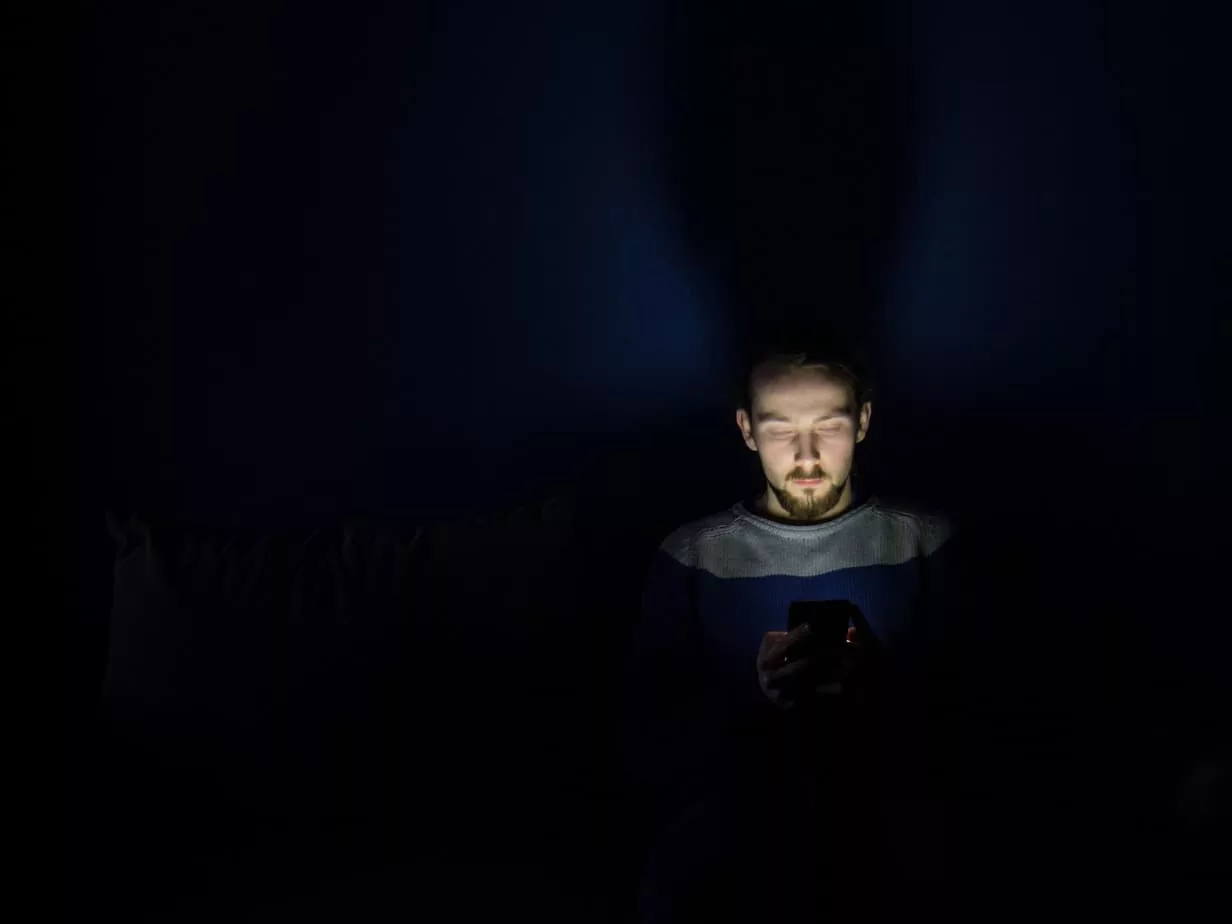Does the use of electronic devices in the evening affect the sleep patterns of athletes?
A Performance Digest Snippet
June 18th, 2019 | 3 min read
- The Objective
- What the researchers did
- What the researchers found
- Practical Takeaways
- Author’s comments
- References
- About the author
- Comments
Objective
It is well established that sleep is one of the pillars of good recovery from exercise. In order to enhance sleep quality and duration, different sleep hygiene strategies (e.g. removal of electronic devices prior to sleep time) are implemented by practitioners and sport scientists. However, limited research has investigated the effects of electronic device use on sleep quality and quantity in athletes. This study investigated the effects of electronic device use on athletes’ sleeping patterns.

What the researchers did
Seventy well-trained, Australian athletes (44 females and 26 males, 32 team-sports athletes and 38 individual-sports athletes) completed an online questionnaire, every day for 7 consecutive days to obtain information about their sleepiness (i.e. Epworth Sleepiness Scale), daytime behaviours (e.g. caffeine consumption, physical activity, napping), perceived sleep quality (e.g. how easily athletes fell asleep) and quantity (e.g. bedtime, estimated sleep onset latency (SOL), wake time), and if electronic devices were used in the 2 h before attempting to sleep. Time in bed (TIB) was calculated from the time the athlete went to bed until wake time.
What the researchers found
The main findings of this study were:
-Well-trained Australian athletes obtain adequate time in bed each night (~8:30 h:m)
-Athletes used at least one electronic device per night (0-30 min) in the 2 h prior to bedtime;
-Athletes fell asleep “fairly easily” and woke up “fairly refreshed”;
-Younger athletes spent longer in bed but generally felt sleepier than older athletes;
-21% of the athletes reported napping for 73 ± 48 min;
-27% of the athletes reported completing exercise in the 6 h prior to bedtime;
-40% of the athletes reported exercising (4 ± 1 out of 5 intensity) in the 5 h prior to bedtime;
-40% of the athletes reported sleep disturbances: uncomfortable temperature (13 ± 6%), discomfort (13 ± 3%) and outside noise (11 ± 3%);
-The number of electronic devices used in the 2-h prior to bed was associated with an increased difficulty falling asleep.
Practical takeaways
The findings from this study demonstrate that well-trained athletes spent adequate time in bed each night. However, younger athletes spent more time in bed and felt sleepier in comparison to their older counterparts, indicating that younger athletes may have a sub-optimal sleep quality. These findings highlight the need for sleep hygiene education and sleep monitoring in younger athletes.
In this study, one in five athletes reported napping. Napping is a strategy frequently implemented by athletes to extend sleep duration and short-duration naps are recommended during the day (e.g. 30 min nap during lunchtime) to enhance alertness. When dealing with amateur and semi-professional athletes that do not have time to nap during the day, practitioners are encouraged to focus on sleep hygiene education.
Author’s Comments
Athletes need to understand the role that sleep plays in recovery and performance. I recommend a group education approach with an individual or smaller group approach for the red flags. Practitioners can use simple sleep checklists to educate their athletes on good sleep hygiene habits. The number of electronic devices used was associated with an increased difficulty in falling asleep.
These findings may be related to the suppression of melatonin from the short-wavelength light emitted by electronic devices, as can be seen in the video below. Although no information was obtained in the current study, some athletes may have had access to light-filtering programs on their electronic devices. When possible, athletes are recommended to use a combination of light-filtering and a reduction in the brightness of the device screen as I recently reviewed in Issue #21 (July 2018) of The Performance Digest.
References
This is a Performance Digest snippet, available for members.
- Evening electronic device use and sleep patterns in athletes. Jones MJ et al., (2019)
J Sports Sci. 2019 https://www.ncbi.nlm.nih.gov/pubmed/30326782?report=abstract#

